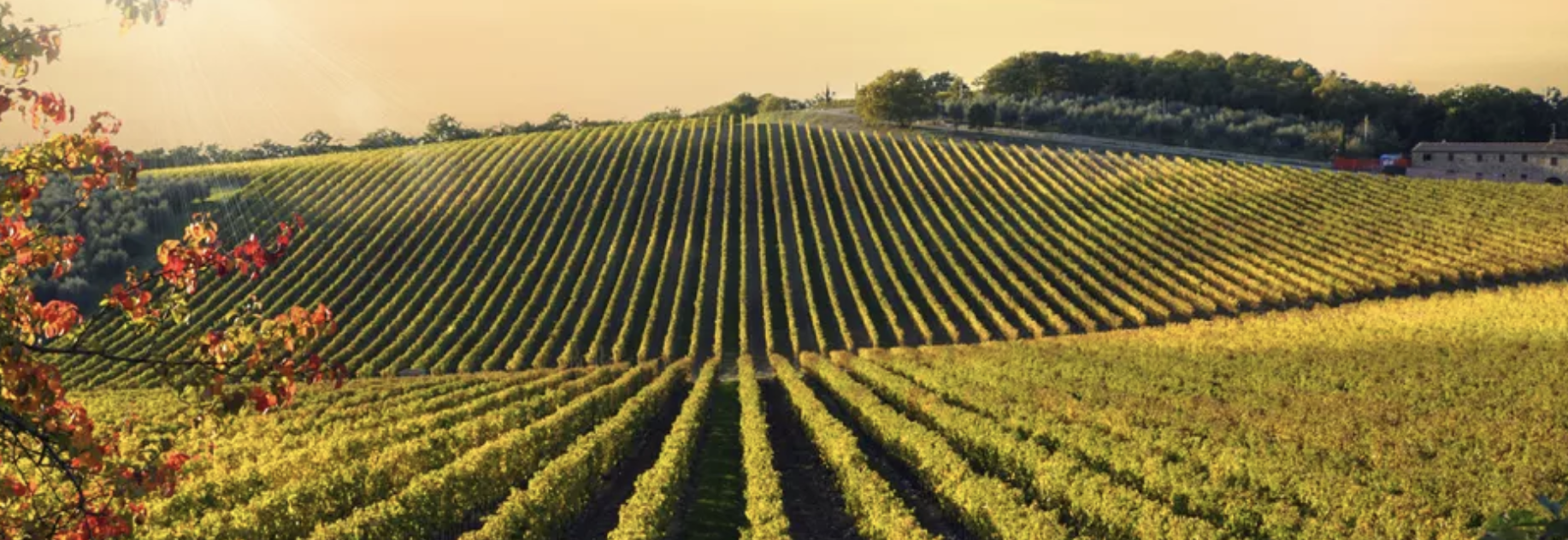
winemakers
Benedetta Contini Bonacossi
Tenuta di Capezzana
The first written reference of Capezzana as an notable site for the production of wine dates to 804 AD. It is part of the Carmignano wine area that was officially recognized in the Medici edict of 1716, where Caterina de' Medici, who married the King of France, introduced the planting of French vines (Cabernet) in the land of her birth. In 1920, Count Alessandro Contini Bonacossi bought the tenuta. upon his return to Italy. His son, Augusto, took over management of the estate and his son, Ugo, joined him after the end of WWII. It was Ugo who rescued the noble Carmignano from anonymity, leading to the creation of its own appellation in 1975.
Now it is up to the women of the 4th and 5th generations to carry this legacy forward.
Think this is easy? Far from it. The burden of history is a heavy one, as is the management of a large family enterprise. Navigating the treacherous waters of an international marketplace is not easy either.
Are these intrepid ladies up for it?
Elisabetta Geppetti
Fattoria Le Pupille
Maremma is the Wild West of Tuscany, complete with Italian cowboys called butteri who drink a rough red wine called morellino. As a child, Elisabetta spent summers here where she met her husband-to-be, whose father loved making wine from a vineyard on their family estate, Le Pupille. Elisabetta loved it too and took to working the vineyards whenever possible. Over time, she developed a more refined vision of what this rough and tumble wine could be.
Forty years later, her dream has become reality. Morellino is an official appellation, Le Pupille is one of its most respected producers, and the estate has grown in vineyard holdings and bottles produced. But the bottles must be sold. And this is not easy for an obscure appellation located between Bolgheri, the hotbed of Super-Tuscans, and established legends like Chianti and Brunello. Moreover, Elisabetta is in the process of passing management of the winery to her eldest daughter. How will all of this play out during the critical period of the upcoming harvest?
Elisabetta Fagiuli
Montenidoli
Elisabetta Fagiuli is a mix of artist, hippie, and holistic mother. Born in the Veneto, she travelled through Europe, Southeast Asia and Japan, then went to study art in Siena. On one of her forays, she stumbled across an abandoned farmhouse on an ancient estate above the town of San Gimignano. She purchased the 500-acre property with no electricity or plumbing, and moved in with her life-partner, Sergio, in 1965. The following year, Vernaccia di San Gimignano, became Italy's very first appellation. Elisabetta started to make wine. And people started to take notice. Her Vernaccia was different than the others: it had more body and complexity; earthiness and a hint of saline from fossilized oyster shells in the soil. It cost more than most Vernaccia too. It was very exciting and fulfilling. But Elisabetta has passed her 50th vintage at Montenidoli. Sergio died a few years ago. And she's starting to feel tired. How will she get thru this harvest? Will she find a way to rejuvenate herself, the way she once did this property? Or will she turn another page and move on?



